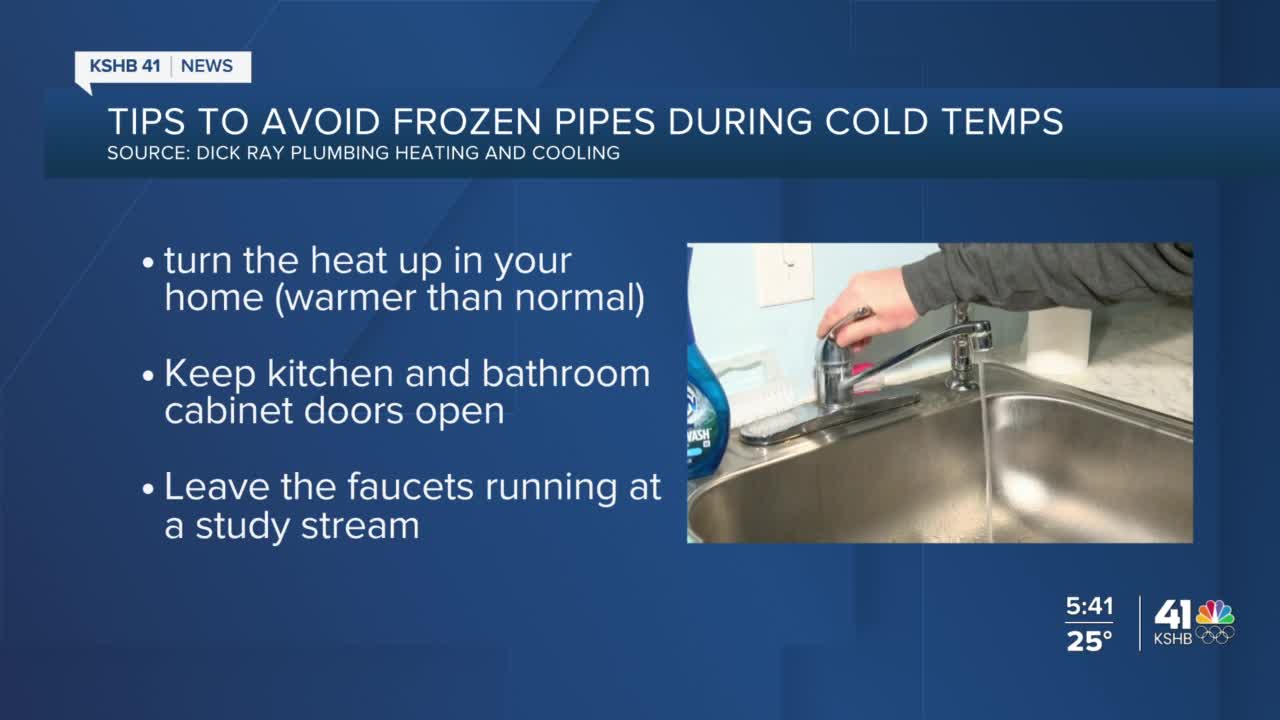Health Advisory: Department Urges Precautions Amidst High Temperatures

Table of Contents
Recognizing the Dangers of High Temperatures
High temperatures can lead to serious heat-related illnesses. Two of the most common are heat exhaustion and heat stroke. Recognizing the symptoms of each is vital for timely intervention.
-
Heat Exhaustion Symptoms: Heat exhaustion often presents with heavy sweating, weakness, dizziness, headache, nausea, and muscle cramps. While serious, it's typically treatable with rest and rehydration.
-
Heat Stroke Symptoms: Heat stroke is a life-threatening condition. Symptoms include a high body temperature (above 103°F or 39.4°C), confusion, seizures, loss of consciousness, rapid pulse, and possibly even a flushed appearance. Immediate medical attention is crucial for heat stroke.
According to the CDC (link to CDC heat-related illness statistics), thousands of heat-related illnesses and deaths occur annually in the US. These numbers are particularly high during extended periods of extreme high temperatures. Individuals most vulnerable to heat-related illnesses include:
- Elderly individuals
- Infants and young children
- People with chronic illnesses (heart disease, respiratory conditions, etc.)
- People who are overweight or obese
- Those working or exercising outdoors
Protecting Yourself from High Temperatures
Staying safe during periods of high temperatures requires proactive measures. Prioritizing these heat safety tips can significantly reduce your risk of heat-related illness.
-
Stay Hydrated: Drink plenty of water, even before you feel thirsty. Avoid sugary drinks and excessive alcohol, which can dehydrate you further.
-
Limit Strenuous Outdoor Activity: Avoid strenuous outdoor activities during the hottest parts of the day (typically between 10 a.m. and 4 p.m.). If you must be outside, take frequent breaks in the shade.
-
Wear Lightweight, Light-Colored Clothing: Light-colored clothing reflects sunlight, helping to keep you cooler. Choose loose-fitting fabrics that allow for good air circulation.
-
Seek Shade and Air Conditioning: Spend as much time as possible in air-conditioned spaces. If air conditioning isn't available, seek out shaded areas.
-
Check on Elderly Neighbors and Relatives: Regularly check on elderly neighbors, relatives, and friends who may be more vulnerable to the effects of high temperatures.
-
Never Leave Children or Pets in Parked Cars: The temperature inside a parked car can rise rapidly, even on moderately warm days. Never leave children or pets unattended in a vehicle.
Finding Cooling Centers and Resources
If you are experiencing symptoms of heat exhaustion or need a respite from the high temperatures, several resources are available.
-
Cooling Centers: Many communities establish cooling centers during heatwaves. You can typically find locations by searching online for "[your city/county] cooling centers" or by contacting your local health department (phone number and website link).
-
Public Transportation: Utilize public transportation options to reach cooling centers or other air-conditioned spaces if you don't have access to personal transportation.
-
Financial Assistance: Some communities offer financial assistance programs to help residents struggling to pay their utility bills during periods of high temperatures. Check with your local social services agency for details.
Understanding Heat Indices
The heat index combines air temperature and relative humidity to calculate how hot it actually feels. It’s a more accurate measure of the risk of heat-related illness than air temperature alone. High heat index values indicate a greater risk of heat-related illnesses. Check your local weather forecast for the heat index; reputable sources such as the National Weather Service (link to NWS heat index information) provide detailed heat index information and associated risk levels.
Conclusion
The current period of high temperatures presents a serious health risk. By following the preventative measures outlined in this health advisory, you can significantly reduce your risk of heat-related illness. Remember to stay hydrated, limit strenuous activity during peak heat, and seek out cool environments whenever possible. For more information on staying safe during high temperatures, visit [link to relevant government website]. Protect yourself and your loved ones from the dangers of high temperatures and extreme heat.

Featured Posts
-
 Gibraltar Sovereignty Starmers No Surrender Stance Amidst Renewed Tensions
May 13, 2025
Gibraltar Sovereignty Starmers No Surrender Stance Amidst Renewed Tensions
May 13, 2025 -
 Sabalenka Defeats Pegula To Secure Miami Open Victory
May 13, 2025
Sabalenka Defeats Pegula To Secure Miami Open Victory
May 13, 2025 -
 Harvard And Yale Face Steep Endowment Tax Hike Under New House Proposal
May 13, 2025
Harvard And Yale Face Steep Endowment Tax Hike Under New House Proposal
May 13, 2025 -
 Spodeluvanje Na Romskite Ba Ki Niz Nova Kniga
May 13, 2025
Spodeluvanje Na Romskite Ba Ki Niz Nova Kniga
May 13, 2025 -
 Znachenjeto Na Romskite Ba Ki Vo Nova Kniga
May 13, 2025
Znachenjeto Na Romskite Ba Ki Vo Nova Kniga
May 13, 2025
